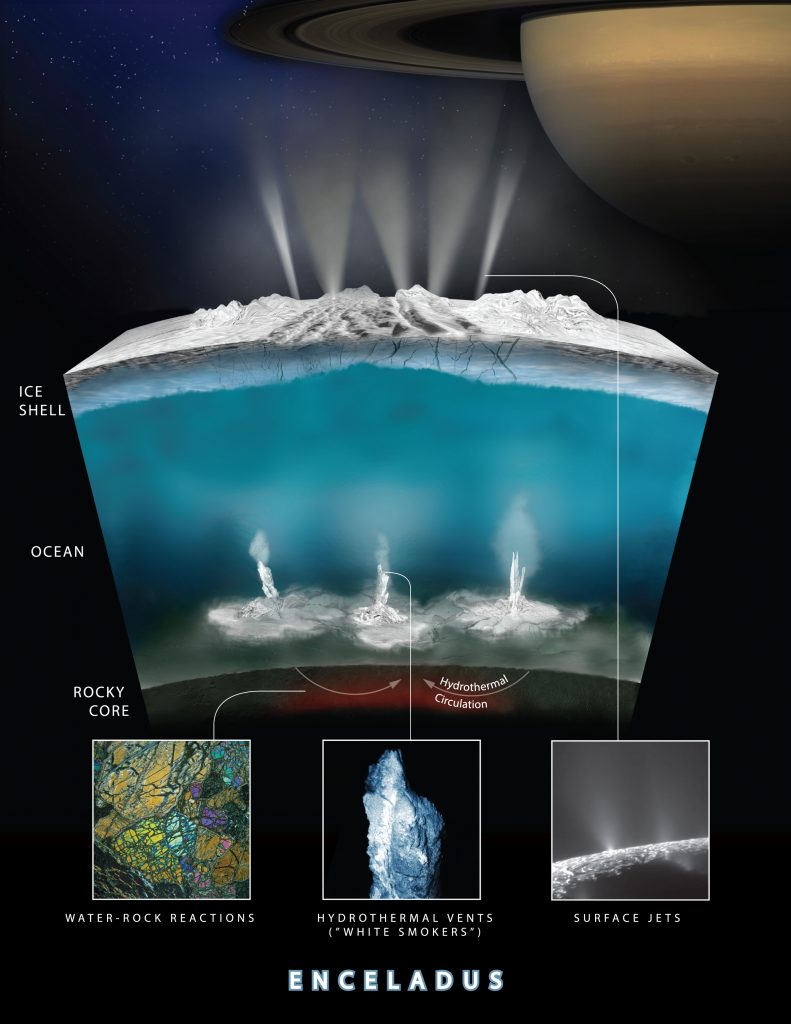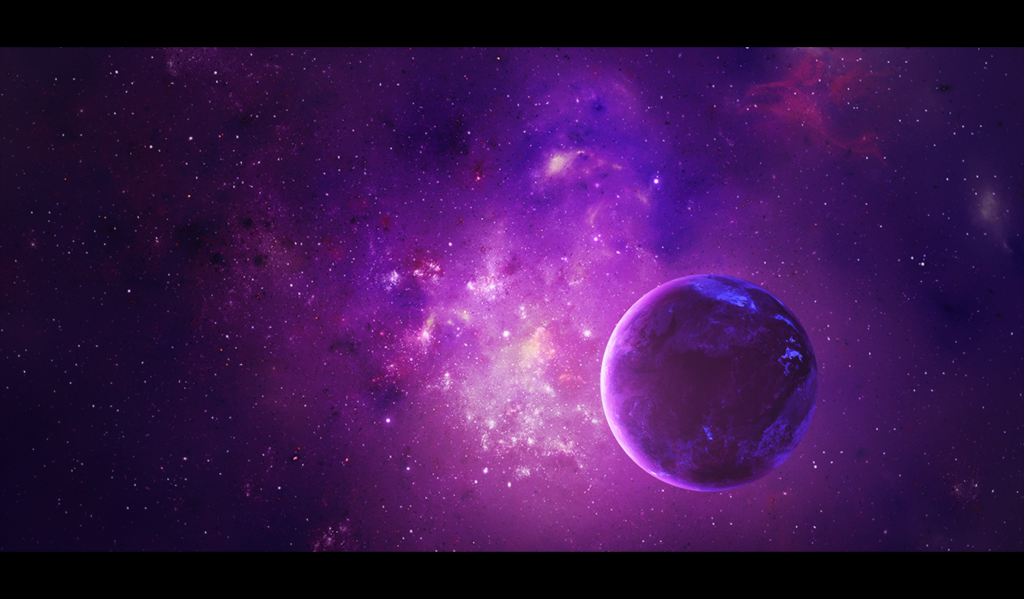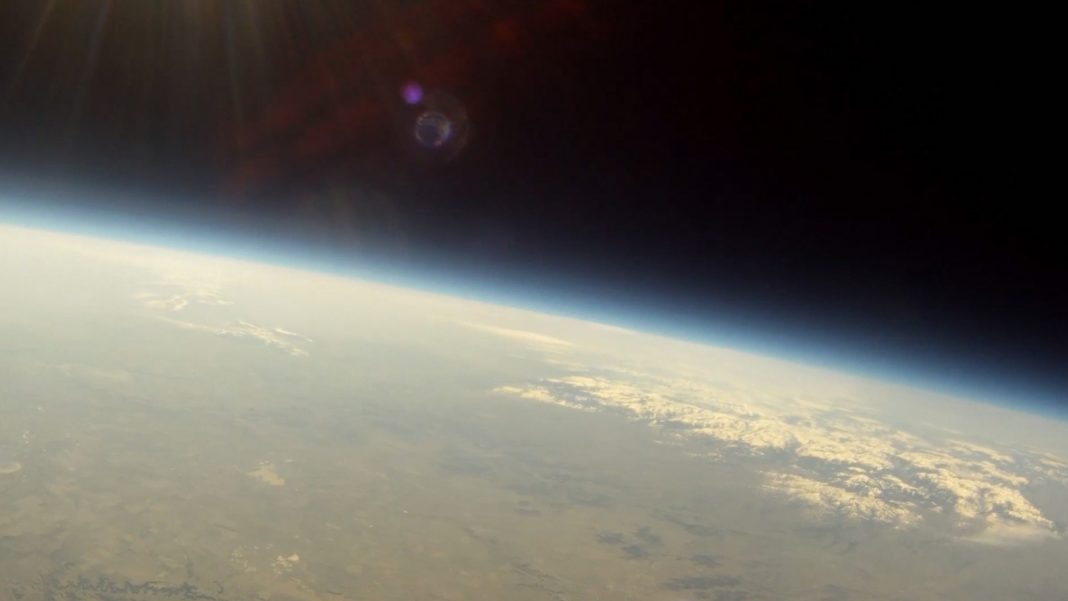According to Caltech researchers, holographic microscopy is our best chance for identifying microbes living in space. In a paper published in a special edition of Astrobiology, Jay Nadeau and team make a case for using the technique to analyze water samples taken from Enceladus, one of Saturn’s moons.
In general, Enceladus was the focus of the entire Astrobiology special edition because the amount of water on the moon has NASA naming it recently as an ‘ocean world’ and therefore capable of supporting life. The hope is that waters contain verifiable microbes, the challenge is verifying the minute signs of life from a distance of more than 750 million miles.
Due to its unique size and position about Saturn, Enceladus shoots jets of water from deep beneath its frozen surface out into space. In their paper, Nadeau’s team explains how an unmanned spacecraft sent to Enceladus could collect water from one of these jets and put the samples under a microscope.
However, the difficulties don’t end at obtaining a sample of an alien microbe. Once procured it can be troublesome to differentiate a microbe from other minute particles one might find under a microscope. For this task, Nadeau suggests the use of digital holographic microscopy, a special form of microscopic imaging.
Using lasers and detectors, holographic microscopy illuminates material in such a way that a computer can harness the information gathered to create 3-D images that can show details and motion that might be otherwise missed.

In addition to its ability to illuminate the tiniest details, the system of holographic microscopy has few parts and can go through samples at a quick pace, about one millimeter per hour. Both attributes make it ideal for a mission to Enceladus, according to Nadeau.
In order to test the sensitivity of such a device, Nadeau and her team used holographic microscopy on water samples from one of the most extreme environments on Earth, the Arctic. Using the special tech, her team was able to identify organisms in the frigid water whose population density was so low to only 1,000 cells present in a millimeter, as compared to the 1 to 10 million cells per millimeter found in a conventional pond.
In the next round of testing, researchers hope to use samples from other extreme locales around the world like Antarctica.
More News to Read
- New Machine Learning Software can Imitate Human Emotional Response
- NASA Discover Importance of Low-Frequency Wave to Increase Satellite Longevity and Performance
- How do Social Settings Affect Human’s Decision-Making?
- Possible Evidence of Majorana Particle Could be BIG News for Quantum Computers
- A Study on Marsupials Helps Scientist Better Understand Pregnancy in Humans











